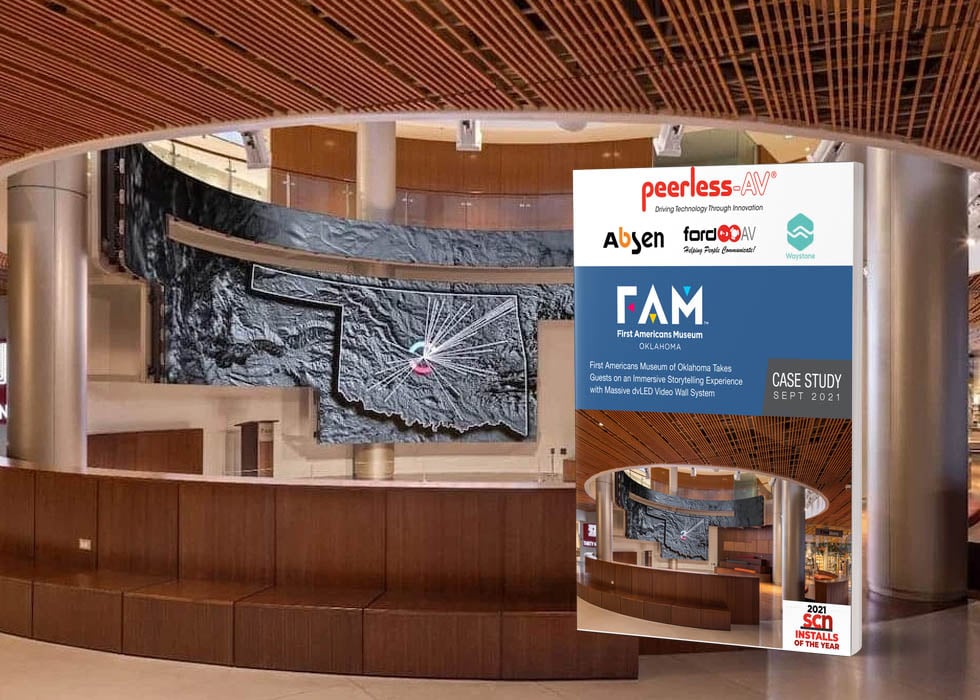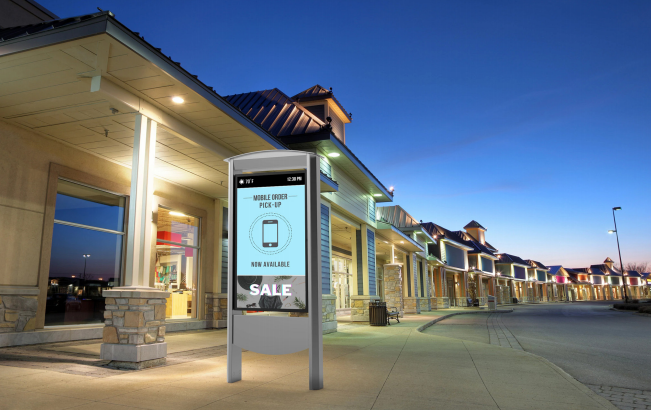Digital Signage and Pro Av Face Shortages Just as Business Returns
Perhaps one of the enduring memories coming out of the COVID-19 era is the great, largely inexplicable toilet paper run of 2020, but as the health crisis eases in at least some parts of the world there are much more tangible and enduring supply chain issues for businesses. Like pro AV and digital signage businesses.
You may have come across stories of shortages in the semi-conductor industry that affect the manufacturing volumes, timelines, and overall availability of a variety of technology hardware components, from media players to display drivers to flash memory.
But the industry is also hearing about shortages for things like lumber for shipping pallets and glass for the display screens.
There are several reasons behind the shortages. When COVID hit, production was slowed by closures or reduced workforces. This wasn't a big worry, because demand for IT products and increasingly computerized products like cars were expected to dip, as the world slipped into an expected recession.
But demand for consumer products spiked as people upgraded everything from laptops, home office monitors and webcams, to the TVs they were binge-watching through lockdowns. There were production disruptions from weather and building fires, notably a Japanese plant that produces 30% of the auto industry's microcontrollers.
There has also been a production shift to 5G, and the cryptocurrency boom has diverted a lot of computing hardware to crypto-currency mining operations, which I would need a week and a couple of extra brains to try to explain. Suffice to say crypto-mining is seriously CPU/GPU-intensive.
The result is that companies delivering digital signage solutions are facing the same shortages as other industries, talking to customers and partners about workarounds, delays, and price increases. When supplies are constrained, the demand imbalance tends to drive prices up, and I have been hearing stories of display companies warning of price hikes, and even saying prices quoted earlier could not be honored.
It's not good.
Just as the digital signage industry can spin back up to full speed with sales activities and deployments, there are these new hurdles. Just as in-person demos are plausible for stuff like screens, that you do need to see to judge, orders can't meet the desired timelines.The problem, like most things, is more acute with smaller companies. The local AV/IT systems integrators and custom manufacturers and solutions providers don't have the buying power to pull favors and access finite supplies. And they don't have the financial resources of the largest manufacturers and service providers to buy up existing supplies and sit on them for weeks and months.
Shipping timelines have also stretched out, forcing some solutions providers to air-freight components in from Asia to meet deadlines, hugely upping costs over slower sea container shipping.
"Most (if not all) manufacturers that Ingram carries within this category have been experiencing inventory constraints and much longer lead-times," confirms Jamena Haddad, a category manager with distribution giant Ingram Micro's Canadian wing. "We are seeing lead times being pushed out past 12 weeks, product not being fulfilled, and very minimal insight on firm ETA's."
Ingram is already seeing price increases in its vendor SKUs and expects more of that in the next month or two.
A longtime industry friend, who runs ops for a large OOH company, says things are rough, with some parts that he needed now delayed by as much as 24 weeks. "We're talking screens, computers – the lifeblood of the business," he says. "The crush is about to get real. My concern is that re-opening is hurt by chip shortages … finally, after 18 months, we can grow again, and there's money, but no parts!"
Samsung U.S. VP Mark Quiroz says he's been busily communicating with partners about the state of chip and downstream product availability. "What I shared was that at a macro level, we've seen chip shortages, because demand was spiking, demand just far exceeded the existing capacity on the traditional chips."
They're telling partners to expect lead times to be stretched and to prepare for delays.
So what do digital signage and related solutions partners do about it?
If they have the resources, they should stock the technology pantry with components they'll need down the line. If they can find them.
Companies should also be looking for workarounds on components and on the overall build. Maybe LCD could work, instead of LED? Maybe a different media player? Whatever it takes to get a job deployed (but still done well).
And companies - from manufacturers to solutions and services providers - should be transparent with their customers about what is going on. Being vague or tip-toeing around the subject won't make the problem go away. It might just make it worse.
Like the virus, this situation will also, hopefully, go away in the coming months.
The research and analysis firm Gartner is forecasting that the worldwide semiconductor shortage that is hitting most tech industries, including digital signage, will persist throughout 2021 and not return to more normal levels until Q2 2022.
"The semiconductor shortage will severely disrupt the supply chain and will constrain the production of many electronic equipment types in 2021. Foundries are increasing wafer prices, and in turn, chip companies are increasing device prices," says Kanishka Chauhan, principal research analyst at Gartner.
I've not heard this directly, but it stands to reason that as end-users see prices spiking and supplies dwindling, they'll be asking why and then weighing options. If they understand the situation is temporary and that pricing and supplies will normalize in 2022, they might just defer projects.
On the other hand, plenty of businesses saw their communication deficiencies spotlighted by the pandemic. Think of all those marker boards and hand-scrawled posters you saw in retail and other spaces in the past year. Those are companies that wish they'd had digital signage in place, and will want it going forward.






